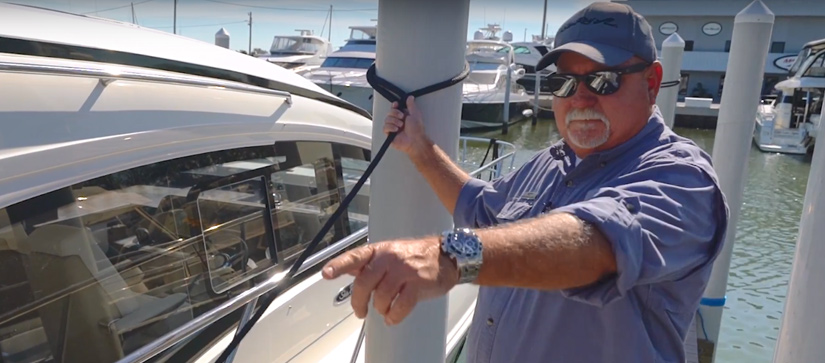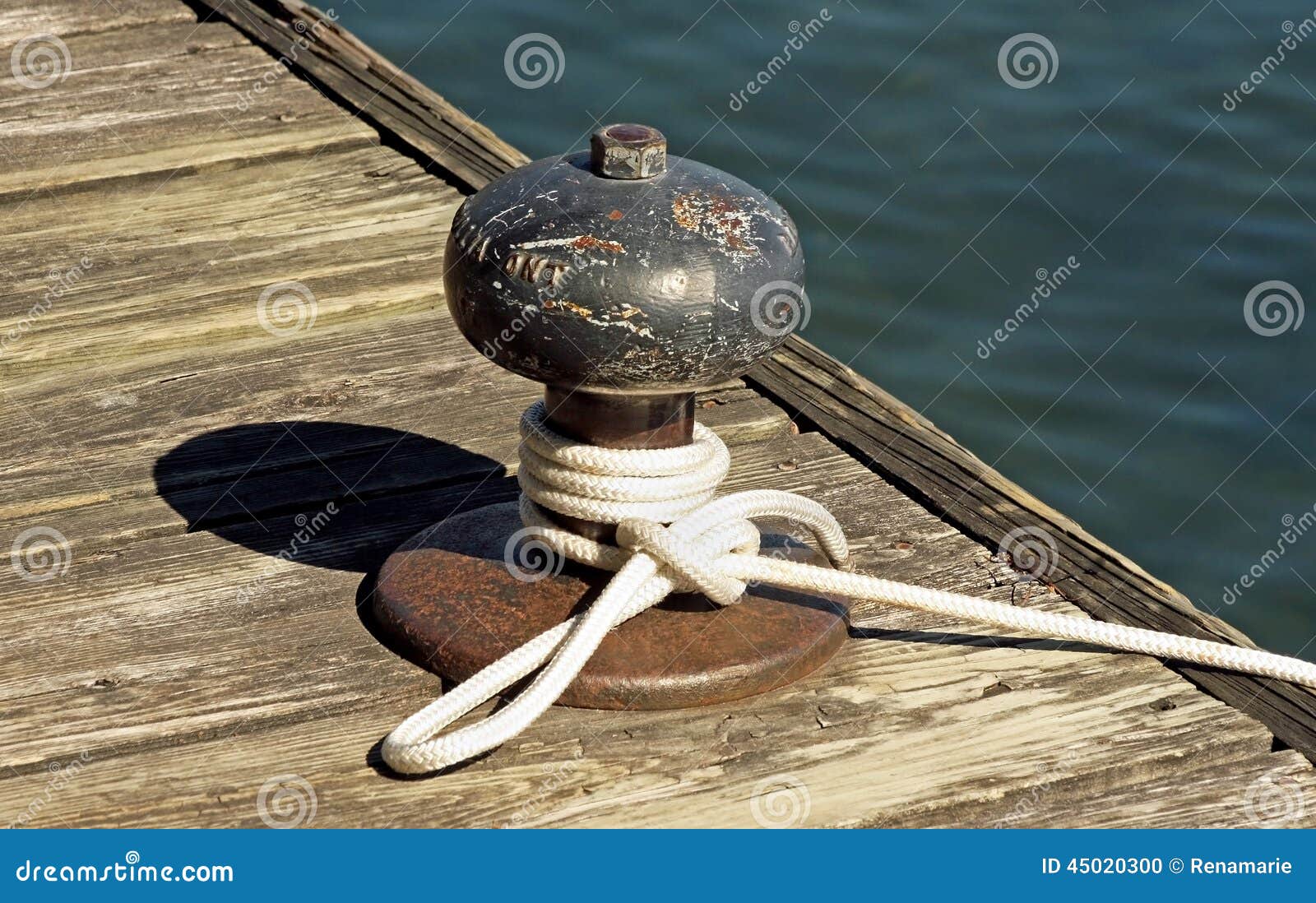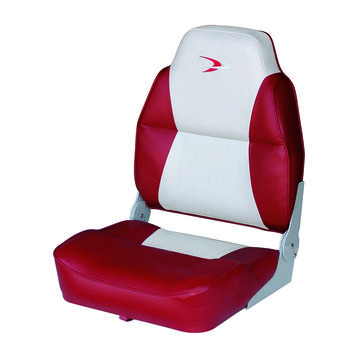Featured Posts
Tuesday, March 25, 2025
Top Wooden Boat Kits for Small Business Production
Top Wooden Boat Kits for Small Business Production: A Builder's Guide
So, you're dreaming of starting a small business building and selling wooden boats? That's awesome! It's a rewarding niche with a dedicated market, but choosing the right boat kits is crucial for success. You need something that balances buildability, marketability, and profitability. This isn't just about finding a pretty picture; it's about finding the sweet spot where your skills, your budget, and your target customer all converge.
Choosing the Right Kits: Factors to Consider
Before diving into specific kit recommendations, let's talk about what makes a kit ideal for small-scale production. We're not aiming for mass production here; we're thinking smart, efficient, and profitable.
Buildability: Skill Level and Time Commitment
Consider your own woodworking skills and the skill level of any potential employees. A kit that's too complex will lead to frustration, delays, and higher labor costs. You want kits that are well-documented, with clear instructions and readily available support. Think about the assembly time – a quick turnaround means more boats sold, more revenue generated.
Marketability: Target Audience and Design Appeal
Who are you selling to? Are you targeting seasoned sailors, weekend paddlers, or families looking for a fun day on the lake? The design of the boat directly impacts its appeal. Think about the size, style, and features that resonate with your ideal customer. A classic rowboat might appeal to a different demographic than a sleek kayak or a stylish dinghy.
Profitability: Material Costs, Labor Costs, and Pricing Strategy
This is the bottom line. You need to carefully analyze the cost of each kit, including materials, labor, and any additional finishing touches. Research your market to determine a competitive yet profitable pricing strategy. Don't underestimate the importance of accurate costing – this directly impacts your margin.
Top Wooden Boat Kit Recommendations
Now for the exciting part! Based on experience and market trends, here are some boat kit types that often prove successful for small businesses:
1. Classic Rowboats: Timeless Appeal
Rowboats are always in demand. They're relatively simple to build, appealing to a broad range of customers, and offer a good balance between cost and profit. Look for kits with pre-cut parts to streamline the construction process. Consider offering customization options, like different wood finishes or oar styles, to increase your profit margins.
2. Kayaks: Growing Popularity
Kayaks are incredibly popular for recreational use. Kits are widely available, ranging from simple designs to more advanced models. The market is competitive, so focus on a unique selling proposition, like using sustainable wood or offering custom paint jobs. Make sure your kit provider offers strong customer support as some kayak kits can be more challenging to put together.
3. Small Sailing Dinghies: A Premium Option
Dinghies offer a more sophisticated challenge and a higher price point. They're great for building a reputation for quality craftsmanship. However, these kits require more advanced woodworking skills and can take longer to complete. Target a customer base that appreciates the elegance and performance of a small sailing vessel.
4. Small Wooden Canoes: A Niche Market
Canoes offer a unique appeal, especially to those seeking a more traditional paddling experience. The market might be smaller than kayaks, but the potential for higher profit margins exists if you can target the right customer base. Look for kits with robust construction and durable materials.
5. Simple Wooden Ducks: A Stepping Stone
While not a full-sized boat, these smaller projects are a fantastic way to build experience, hone your skills, and even gain early revenue. It allows you to experiment with different processes and learn the ropes before jumping into more complex boat building.
Beyond the Kit: Essential Considerations for Success
Choosing the right kit is just the first step. Here are some other crucial elements for your small business:
- Secure reliable suppliers: Find suppliers who consistently provide high-quality materials at competitive prices.
- Invest in the right tools: Don't skimp on essential woodworking tools. Quality tools will save you time and improve the quality of your finished boats.
- Develop a strong brand identity: Create a memorable brand name and logo that reflects your craftsmanship and target market.
- Build an online presence: A professional website and social media presence are essential for reaching potential customers.
- Offer excellent customer service: Go above and beyond to ensure customer satisfaction. Happy customers are your best advertisement.
- Explore local markets and events: Participate in boat shows, craft fairs, and other local events to showcase your boats and build relationships with potential clients.
Commonly Asked Questions
Here are some frequently asked questions about starting a wooden boat kit business:
Q: What's the initial investment needed to start this business?
A: The initial investment varies greatly depending on the scale of your operation and the tools you already own. You'll need to factor in the cost of kits, tools, workshop space, marketing materials, and any licensing fees.
Q: How much profit can I expect?
A: Profit margins depend on several factors, including the type of boat kits you choose, your pricing strategy, your efficiency, and your operating costs. Thorough market research and careful cost analysis are crucial for determining profitability.
Q: What kind of licensing or permits do I need?
A: Licensing and permit requirements vary by location. Check with your local authorities to ensure you comply with all relevant regulations.
Q: Where can I find good quality wooden boat kits?
A: There are numerous suppliers online and through traditional channels. Search for "wooden boat kits" and read reviews to find reputable companies. Consider smaller suppliers that can offer more personalized support.
Q: What if I run into problems building the kits?
A: Most reputable kit suppliers offer customer support and detailed instructions. Don't hesitate to contact them if you encounter any difficulties. Joining online woodworking communities can also be helpful.
Starting a wooden boat kit business can be challenging but incredibly rewarding. By carefully considering the factors discussed above and choosing the right kits, you'll be well on your way to building a successful and fulfilling venture.
Plywood Boat Plans for a Lightweight and Sturdy DIY Boat
Plywood Boat Plans for a Lightweight and Sturdy DIY Boat
Constructing a plywood boat offers a compelling blend of affordability, accessibility, and adaptability. This detailed guide provides comprehensive plans for building a lightweight yet sturdy vessel, suitable for various applications, from leisurely paddling to light fishing. The design prioritizes simplicity in construction while maintaining robust structural integrity. This detailed plan outlines the design considerations, materials selection, construction process, and finishing techniques to ensure a successful project.
Design Considerations: Optimizing for Weight and Strength
The fundamental design principle revolves around balancing lightness with strength. Employing marine-grade plywood minimizes weight while ensuring durability against water damage and decay. The hull design incorporates features that maximize buoyancy and minimize drag, resulting in efficient water displacement and maneuverability.
Hull Shape and Dimensions:
The proposed design is a simple, stable, and relatively easy-to-build pram-style boat. This style is known for its inherent stability, making it suitable for beginners. Specific dimensions can be adjusted based on available materials and intended use. A suggested starting point includes a length of 12 feet, a beam (width) of 4 feet, and a depth of 18 inches. These dimensions provide adequate interior space and stability without excessive weight. Detailed drawings are included in the appendix (not included in this text version).
Plywood Selection and Thickness:
Marine-grade plywood is paramount. This type of plywood is treated to resist rot and water damage, crucial for a boat's longevity. A thickness of ½ inch is recommended for the hull bottom and sides, offering a balance between weight and strength. Thinner plywood may be used for interior components where structural integrity is less critical. Ensure the plywood is free from defects such as knots and delamination.
Construction Method:
The chosen method is stitch-and-glue construction. This technique involves assembling the plywood panels using staples or screws to hold them temporarily in place. A layer of epoxy resin and fiberglass cloth is then applied over the seams and external surfaces. Stitch-and-glue offers excellent strength-to-weight ratio and a smooth, finished surface.
Materials List: A Comprehensive Inventory
Accurate materials procurement is vital for successful boat construction. The following list provides a comprehensive inventory; quantities will need adjustment based on the final dimensions of your boat.
Plywood:
- Marine-grade plywood (½ inch thick): Approximately 10 sheets (size depends on boat dimensions)
- Marine-grade plywood (¼ inch thick): 2 sheets (for interior components, seating)
Fasteners and Adhesives:
- Stainless steel staples or screws (for stitch-and-glue)
- Epoxy resin and hardener (for bonding and sealing)
- Fiberglass cloth (6-ounce weight): Sufficient to cover all seams and external surfaces
- Wood filler (for filling imperfections)
Other Components:
- Boat plans (detailed drawings and specifications)
- Measuring tapes, squares, and other woodworking tools
- Safety equipment (gloves, eye protection, respirator)
- Oars or a motor (depending on intended use)
- Marine-grade paint or varnish (for finishing)
- Threaded rod and nuts for reinforcement (optional but recommended)
Construction Process: A Step-by-Step Guide
The construction is broken into sequential stages to ensure a methodical and efficient build process. Close adherence to these steps is vital for structural integrity and a watertight hull.
Step 1: Preparing the Plywood
Carefully review the plans and cut the plywood panels to the specified dimensions. Ensure all cuts are precise and square. Sand the edges of all panels to remove any splinters or irregularities. Number each piece to facilitate assembly.
Step 2: Stitch-and-Glue Assembly
Using the provided plans as a guide, temporarily assemble the plywood panels using staples or screws along the seams. Ensure all joints are accurately aligned and clamped firmly until the epoxy is cured. This temporary fastening is critical for maintaining the precise shape during bonding.
Step 3: Epoxy and Fiberglass Application
Once the panels are securely fastened, apply epoxy resin to the seams, ensuring complete saturation of the joint. Apply the fiberglass cloth over the seams and external surfaces, smoothing out any wrinkles or air bubbles. Allow the epoxy to cure completely according to manufacturer's instructions. Multiple coats may be necessary for maximum strength and water resistance.
Step 4: Fairing and Finishing
After the epoxy has fully cured, sand the exterior surfaces to create a smooth, even finish. Fill any imperfections with wood filler and sand again. Apply a suitable marine-grade paint or varnish for protection against water and UV degradation. Multiple coats are highly recommended.
Step 5: Interior Fit-Out
Once the hull is finished, install any interior components, such as seats, storage compartments, or oarlocks. Ensure that all interior components are securely fastened and will not compromise the structural integrity of the boat.
Safety Precautions: Prioritizing Personal Safety
Boat construction involves the use of sharp tools and potentially hazardous materials. Adherence to strict safety procedures is imperative throughout the process.
- Always wear appropriate safety gear, including gloves, eye protection, and a respirator when working with epoxy resin and fiberglass cloth.
- Use sharp tools correctly and carefully. Always cut away from yourself.
- Work in a well-ventilated area to avoid inhaling fumes from epoxy resin and paint.
- Follow the manufacturer's instructions for all materials used.
- Ensure the boat is thoroughly inspected before launching.
Conclusion: Embarking on Your DIY Boating Adventure
Building your own plywood boat is a rewarding endeavor that combines craftsmanship, design, and engineering principles. By following these detailed plans and prioritizing safety, you can create a lightweight, sturdy, and enjoyable vessel tailored to your specific needs. Remember that careful planning, precise execution, and attention to detail are key to a successful outcome. Enjoy the process and the satisfaction of sailing your self-built creation.
Thursday, November 5, 2020
How to tie a boat dock knot Bargain
Photos How to tie a boat dock knot



Making a wood jon boat Budget
Foto Results Making a wood jon boat



Wednesday, November 4, 2020
Kid rock wooden boat Cheapest
Representation Kid rock wooden boat


Build a boat in a bottle kit
illustration Build a boat in a bottle kit

Replacement vinyl boat seat covers Cheapest
Representation Replacement vinyl boat seat covers



